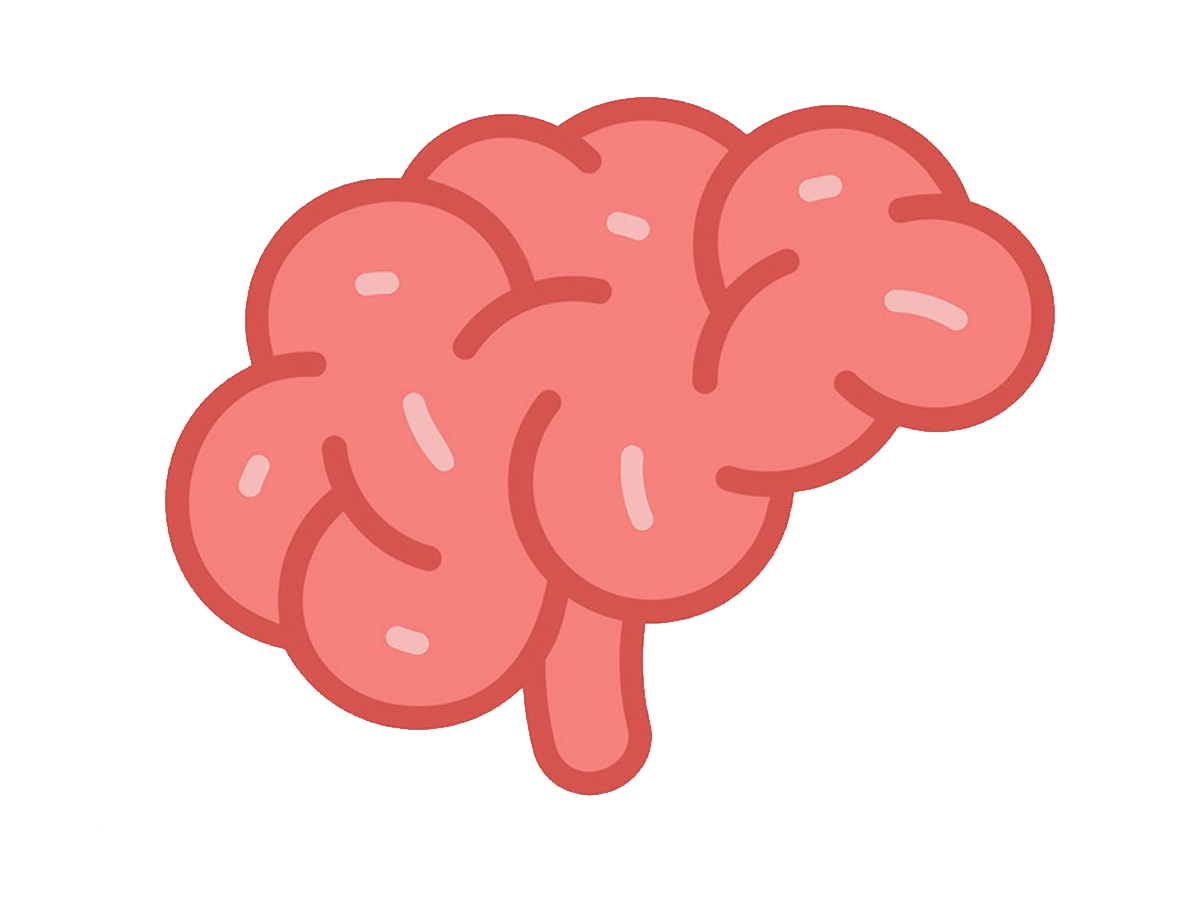Choosing the right post-secondary major is an important decision that can shape your entire career path. If you have an interest in science, technology, engineering, or math (STEM), there are many exciting majors available to you. However, with so many options to choose from, it can be difficult to know where to start. In this blog post, we’ll discuss some key factors to consider when choosing the right STEM major.
Consider Your Interests and Skills
When choosing a major, it's essential to consider your interests and skills. Think about the subjects you enjoy and the activities you excel at. Consider the classes you have taken in high school and the topics you found most engaging. Look for majors that align with your interests and skills.
For example, if you love physics, you might consider a major in physics, astronomy, or engineering. If you enjoy coding, computer science, or software engineering could be a good fit.
Look for Marketable Skills
While it’s important to choose a major that aligns with your interests and skills, you also want to choose a major that provides you with marketable skills. Look for majors that have good job prospects and are in demand in the job market.
For example, majors in computer science, data science, and cybersecurity are in high demand, and graduates in these fields are in demand by top companies. Similarly, majors in engineering, mathematics, and biology can lead to high-paying jobs with strong career prospects.
Consider Your Goals
When choosing a STEM major, it's important to consider your goals. Think about the career path you want to pursue and the skills you need to achieve your goals. If you want to work in research, you might consider majors in biology, chemistry, or physics. If you want to become a software engineer, computer science or software engineering might be the right choice.
Research the School
When choosing a major, it's important to research the school you plan to attend. Look for schools that have strong STEM programs, experienced faculty, and access to research opportunities. You may also want to consider the size of the school and the resources available to students, such as access to equipment and technology.
Consider Internship and Job Opportunities
Finally, when choosing a STEM major, consider the internship and job opportunities available. Look for schools that have strong connections to industry partners and offer internship opportunities to students. These opportunities can provide you with valuable experience and help you build your professional network.
In conclusion, choosing the right STEM major requires careful consideration of your interests, skills, career goals, the college you plan to attend, and the internship and job opportunities available. By taking the time to evaluate these factors, you can choose a major that will provide you with the skills and knowledge you need to succeed in your career. Remember, the right STEM major can open up many exciting opportunities and lead to a fulfilling and rewarding career.



